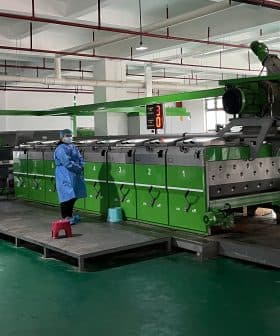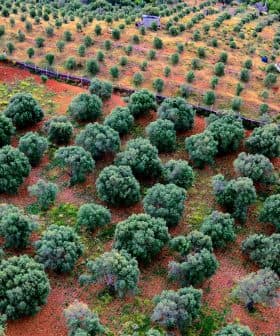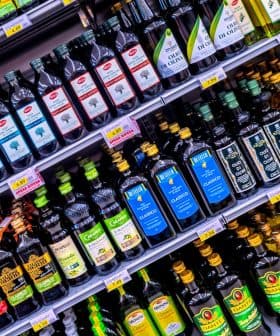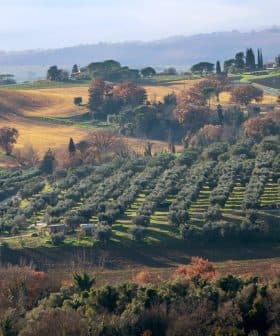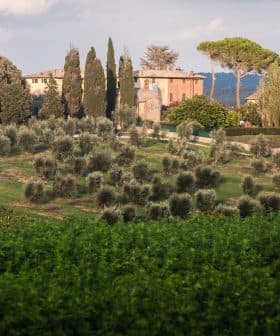Producers in Istria Brace for a Disappointing Harvest
Producers on Croatia’s northwestern peninsula expect a decrease of up to 80 percent compared with last year’s yield.
Olive oil producers in Istria, Croatia are expecting a significant decrease in production for the 2021/22 crop year due to weather conditions, with some growers not planning to harvest at all. Despite the potential for higher prices due to lower supply and increased demand from tourism, there is uncertainty about whether producers will actually raise prices as it could impact customer loyalty.
Olive oil producers in Istria, Croatia’s most prominent olive oil-producing region, are preparing for a poor harvest in the 2021/22 crop year.
According to International Olive Council data, Croatia produced 4,600 tons of olive oil in the 2020/21 crop year, the highest total since 2016/17.
I guess the reason for (the poor harvest) is partly because last year there was a very good olive harvest, and the other reason is the cold wave on April 6, when it was –7 ºC in our area for two days and the buds froze.
However, producers on the northwestern peninsula have told local media that they expect up to an 80 percent decrease in production this year, with some deciding not to harvest at all.
See Also:2021 Harvest UpdatesA late cold spell that led to snow in early April, when the olive trees were blooming, followed by prolonged drought in the summer months are among the reasons for the reduced harvest. Additionally, many producers are entering an off-year.
Klaudio Ipša is among the affected olive growers. He told news magazine Glas Istre that this year is shaping up to be the worst harvest of the past 20 years. He estimated that he will only harvest 30 to 40 percent of what he did last year.
“I guess the reason for that is partly because last year there was a very good olive harvest, and the other reason is the cold wave on April 6, when it was –7 ºC in our area for two days and the buds froze,” he said.
However, there may be one upshot to this year’s low harvest for producers: a rise in olive oil prices.
A combination of an uptick in tourism after the Covid-19 pandemic combined with the poor harvest means that there is a smaller supply of olive oil to meet higher demand.
Ezio Pinzan, the head of Istria’s department of agriculture, said that he would be pleased to see producers receiving higher prices, but warned that there is no guarantee this will happen.
“It’s all a matter of supply and demand,” he said. “In general, I do not believe that oil prices will rise sharply because olive growers know that the amount of oil varies from year to year.”
“One year there is less oil, another more, and they can lose customers by raising the price because they will turn to another producer,” he added. “It is very sensitive, it is a market economy, every olive grower will judge for himself.”
Share this article


